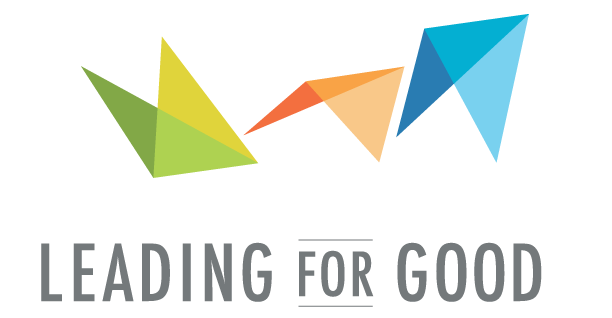The Continuous Cycle of Competence… in Everything!
Recently, I had the opportunity, through my client Chief, to attend a Zoom facilitation class, focused on maximizing participation in groups. I confess I entered the class, taught by the incredible Meg Bolger of Facilitator Cards, confident in my online facilitation skills. After all, like many of us post COVID, have adjusted to facilitating most of my client meetings in Zoom, and have been steeped in the work of facilitating groups for over two decades.
Competence is a moving target!
Reminder to never grow complacent. I certainly appreciated the reminders and ideas in online facilitation.
Through a variety of different experiences in the training, however, including annotating an agenda with over a hundred participants, voting in an onscreen poll, being in three different sized breakout groups, including a solo one, and doing lots of writing on paper and in the chat with highly tailored and time-pressed prompts, I was jolted from my perception of feeling “unconsciously competent” to feeling “consciously incompetent” or just plain out of practice with incorporating all the possible tools for meeting collaboration!
I appreciated the nudge to get out of my comfort zone and attend once again to being more creative with all the ways that online meetings can be exceptionally efficient, energizing and impactful with an even more deliberate planning process.
Going forward, I will be taking the time to not just plan my agendas with care as I always do, but also plan variation in the following elements to maximize attention and energy throughout. Giving credit where credit is due, this is me learning Meg Bolger’s framework and putting my own spin and language around it.
Breaking Down Meetings for Participation
Structure for Participation – Making specific (vs open form) prompts, Having a compressed and clear time frame for ask, such as 1 minute, 5 minutes with visual timer; Testing all the question/asks in advance
Goals for Participation — E.g., Generating, Connecting, Distilling, Visioning, Listening
Channel for Participation – E.g., Out loud, in Chat, on Paper, on Whiteboard, in a Poll, on a Whiteboard
Size of Group Participation – E.g., Whole Group, Dyads, Solo
Expectation of Participation – All Participate, Volunteers Participate, Called Upon to Participate
The only caveat I will share is that deliberative planning does not mean that everything will work well! In fact, when I took the time to plan meeting sections with the above in mind, I found that one of my groups had different needs and wants for participation than I had planned, which I embraced in the moment and humbly put aside the “additions” to honor the desire for a simpler face to face conversation and experience.
Still, I appreciated the training for bringing new constructs for me to work with, and being reminded that even in places where I (or we) may feel competent, we always have room to adjust and sharpen our toolkits. What are the places where you feel competent but may need brushing up or expansion of awareness around?

